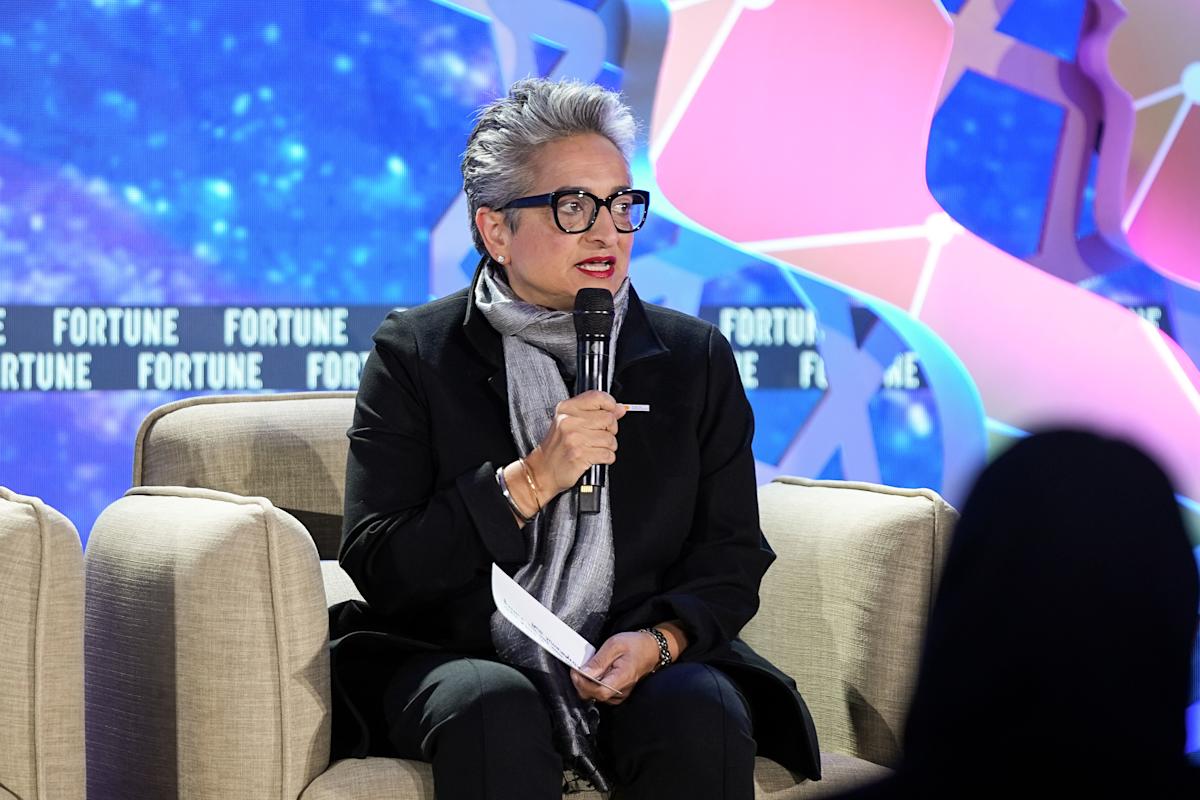 |
| Gold V.1.3.1 signal Telegram Channel (English) |

Why Forcing Financial Education Fails: Mastercard’s Approach to Empowering Real Financial Literacy
2025-08-20 @ 02:00
Why Financial Education Can’t Be Forced: Insights from Mastercard’s Social Impact Leader
Financial education is often hailed as the antidote to widespread economic struggle, yet despite the abundance of tools and programs available, financial literacy remains elusive for many. What stands in the way? According to Mastercard’s social impact leadership, the answer is simple but powerful: financial education can’t be forced. To turn knowledge into action—and achieve real impact—education must be accessible, engaging, and, above all, personally relevant.
The Traditional Approach: Outdated and Ineffective
Historically, financial education has followed a top-down model. School programs and workplace seminars deliver information, expecting participants to absorb and apply lessons on budgeting, saving, or credit-building. However, financial concepts delivered in a generic, lecture-based setting rarely stick. Many people leave feeling overwhelmed by jargon, disconnected from the material, or unconvinced of its relevance to daily life.
A Shift Toward Accessibility and Relevance
Recognizing the limitations of this approach, Mastercard has developed a new strategy rooted in empowerment and inclusion. Instead of merely delivering information, the company focuses on making learning available wherever and whenever people need it. Their online courses—designed with input from financial experts and community members—strip away confusing terminology to present concepts in plain, understandable language. Interactive lessons, real-world scenarios, and self-paced modules ensure that every learner can engage with material at their own comfort level.
This approach acknowledges that adults are more likely to retain and use financial knowledge when it is accessible and directly related to their goals. For instance, a young gig worker navigating irregular income streams needs a vastly different set of tools than a retiree managing fixed assets. By tailoring resources to specific needs, financial education becomes a tool for empowerment rather than a burdensome requirement.
Empowering Underserved Communities
A major priority of Mastercard’s financial education initiatives is reaching populations that have historically been left out—such as unbanked individuals, gig workers, and young adults. These groups are often excluded from traditional financial systems and may face barriers to entry, from lack of trust in banks to limited access to reliable information. By offering free, digital-first education and partnering with local organizations, Mastercard reduces these barriers and invites individuals to participate on their own terms.
The effectiveness of interactive, personalized education is supported by research: people who participate in tailored financial education programs see measurable improvements in knowledge and begin adopting healthier financial habits. These shifts ripple outward, creating a foundation for economic inclusion and long-term community wellbeing.
From Awareness to Action
Another key insight from Mastercard’s approach is that financial education alone is not enough. Learning must translate into action—whether that’s opening a bank account for the first time, starting an emergency fund, or improving a credit score. The most successful programs integrate practical steps and real-world practice into the curriculum. Interactive budgeting tools, credit score simulators, and scenario-based learning enable participants to apply their knowledge in a safe environment, building confidence before they face real-life decisions.
Community Partnerships: Bridging the Gap
No single organization can solve the financial literacy gap alone. Mastercard works closely with nonprofits, schools, and local leaders to ensure that programs are culturally relevant and accessible to diverse audiences. Long-term partnerships help tailor content and delivery to unique community needs, ensuring that education is both meaningful and impactful.
An Ongoing Journey
Despite these advancements, widespread financial literacy remains a work in progress. There is no shortcut to building understanding, nor can anyone force an individual to adopt new behaviors if they do not see personal value in doing so. Change happens incrementally, as people encounter education that resonates with their life circumstances and supports their aspirations.
The Future of Financial Empowerment
The evolution of financial education is not just about teaching skills—it’s about fostering genuine empowerment. When education is demystified, accessible, and context-driven, individuals are more likely to make smart decisions that benefit themselves, their families, and their communities.
As technology continues to evolve, and as financial products become more complex, the need for relatable, practical financial education will only increase. The goal is to make financial literacy feel less like an obligation and more like a personal resource—one that is available without judgment, whenever and however people are ready to use it.
Ultimately, the most effective financial education doesn’t push people to change; it pulls them in by showing what’s possible and helping them take the next step, on their own terms.


![[Daily Closing 🔔] Gold – U.S. Credit Rating Downgrade Triggers Gold Price Rebound – May 19 Market Recap](https://int.1uptick.com/wp-content/uploads/2025/05/2025-05-20T224010.678Z-file-1024x576.png)


